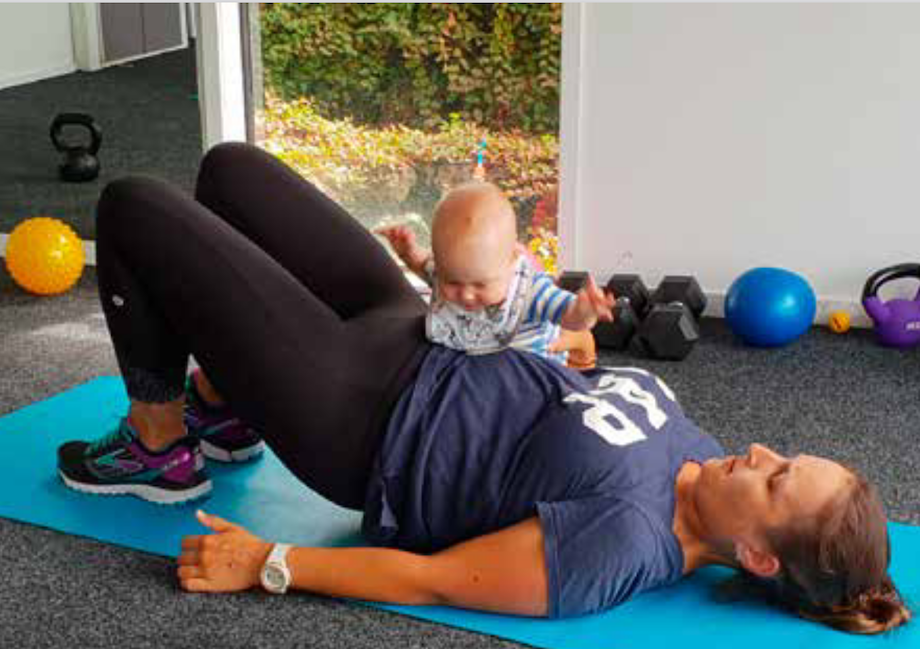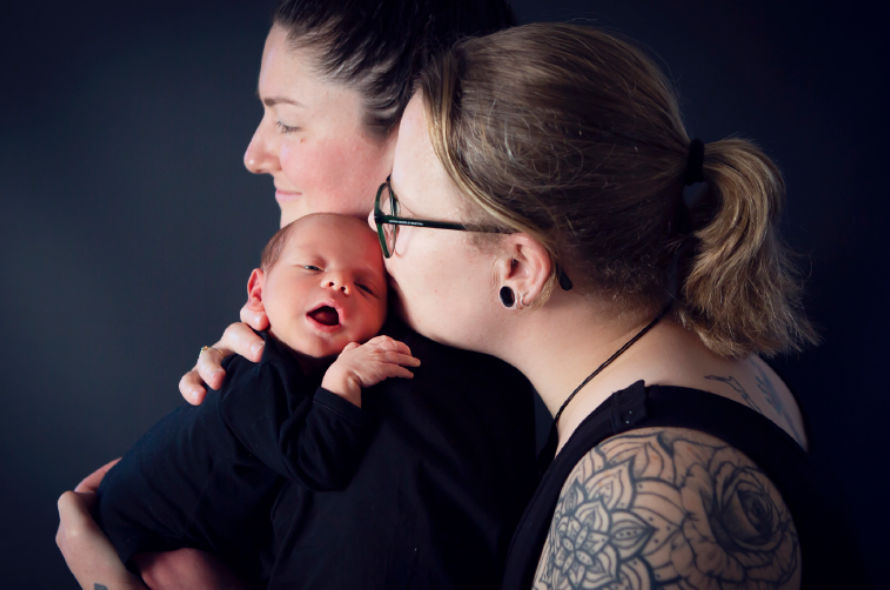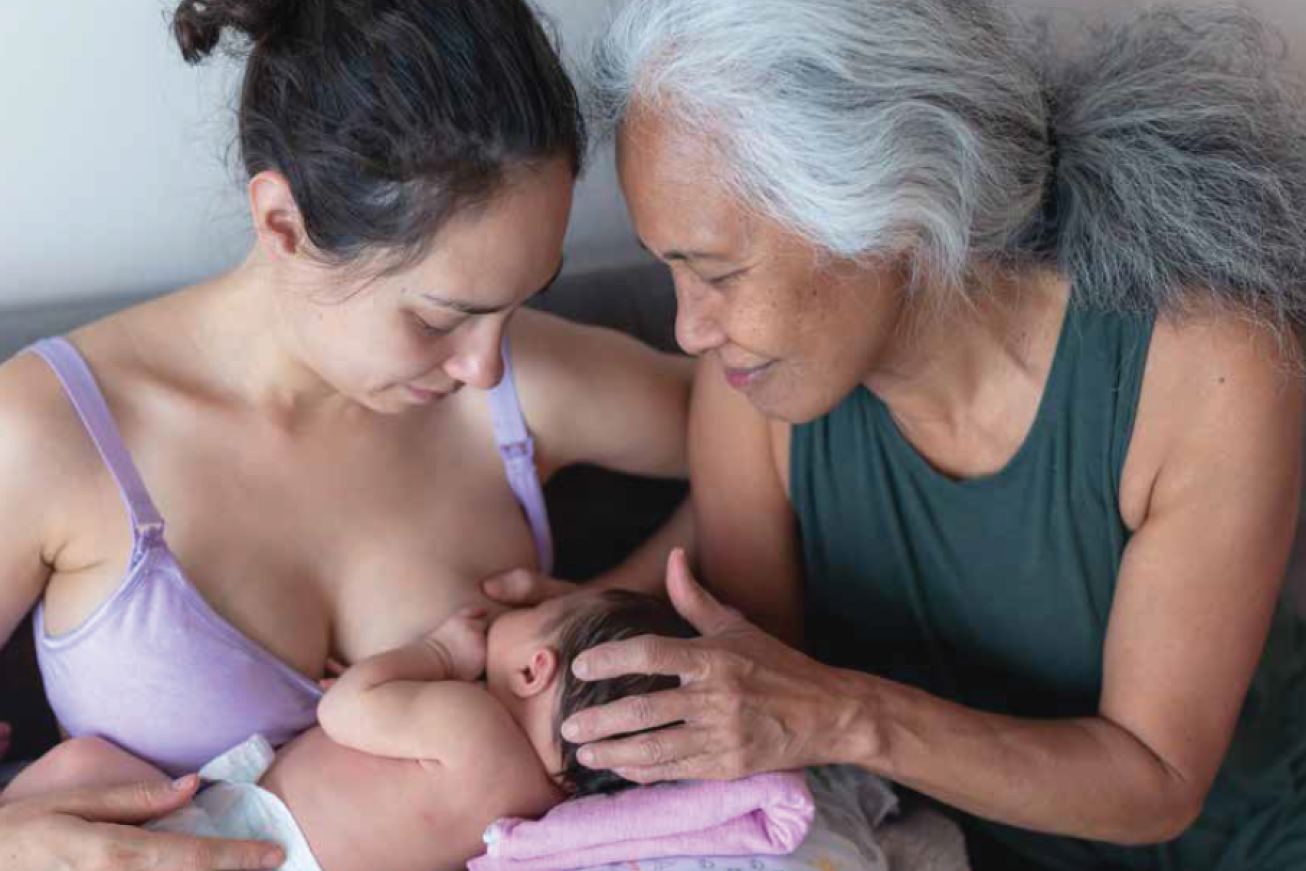
Exercising during pregnancy can be daunting as there is so much conflicting information. It can be very confusing to know which type of exercise program to follow.
Combine this with physical changes, extreme exhaustion and the emotions mums may experience, and finding the motivation to enjoy exercise can be challenging.
Local and international research continues to support regular exercise in low-risk, healthy pregnancies, yet the number of pregnant women engaging in moderate intensity exercise remains below recommended levels for health benefits. Unfortunately, this is what I see in the Parents Centre ante-natal classes I speak to.
Current guidelines recommend that healthy pregnant and postpartum women perform at least 150 minutes per week of moderate-intensity aerobic activity. Knowing the benefits that can come from exercise during pregnancy can give you that extra bit of incentive to kick-start or continue a pregnancy exercise regime.
Benefits for mum
Feel strong and empowered!
For many of us, pregnancy can have you feeling frumpy and wondering what anyone is talking about when they mention the ‘pregnancy glow’. Not only will exercise help you to prevent extra pregnancy weight gain, but your mind and body also benefit from the endorphins released during exercise. This should help you discover the ‘pregnancy glow’ or at least feel a little closer to experiencing it!
Help to prevent postnatal depression (PND)
One in 5 women will experience postnatal depression. Evidence shows that postnatal exercise can help to prevent and manage PND. If you are physically active during your pregnancy, you are much more likely to continue exercising post birth.
Back in shape postnatal
Getting your pre-pregnancy body back should not be the focus of exercise during pregnancy and post birth, as there is no rush to get your pre-pregnancy physique back. Women who do keep active in pregnancy are much more likely to get back to a body shape that they are happy with within 6–12 months postpartum.
Improve the pelvic floor muscle function
Specific exercises during pregnancy can help improve the function of your pelvic floor muscles and prepare you better to push a baby out. It is a known fact that many women experience incontinence postpartum. Having pelvic floor muscles that function well will also help to reduce incontinence post birth.
Prepare yourself for labour!
All births are different. There are often many factors that will be entirely out of your control when you go into labour. With this in mind, it is reassuring to know that you are in good physical condition for whatever lies ahead. Giving birth is physical and potentially exhausting. If you are fit and active, you put yourself in a much better position to cope with whichever path your delivery takes you. Y
You time!
One thing mothers will often agree on is that once children come along, you are always last priority. If you can get into a habit during pregnancy, it will be easier to maintain postnatally. Be mindful that when you allow yourself time out, you allow yourself to recuperate and restore, ultimately allowing you to be a better mum.
Benefits for baby
It was once believed that the physiological demands of exercising during pregnancy might damage the unborn baby. They used to think that exercise would cause too much fetal stress, reduce the baby of vital oxygen and increase the baby’s temperature. Recent studies prove otherwise.
Women are less likely to be induced – benefitting both mum and baby
Babies born to mothers who exercise up to birth have a much higher chance, up to 72%, of being born before their due date. Which means those mums-to-be give birth on average 5–7 days earlier than a non-exercising mother. This average reduces the chances of induction, as only a small percentage of exercising mums will gestate to 42 weeks. Baby experiences less stress, chooses their birthday and your body goes into labour naturally, benefitting both mum and baby.
Exercise increases the growth of the placenta in early pregnancy
The faster growth of the placenta observed in studies of exercising mums in the late first and second trimesters means that a larger overall placenta will provide baby with increased nutrients and calories. Bigger placentas have a larger surface area and have about 15% more vessels at term. This increase in size ultimately improves the function and capacity of this organ in late pregnancy. Your unborn baby is flourishing due to your exercise plan!
Size matters!
Babies born to mums who exercise regularly tend to be 150–200grm lighter, and they are also leaner. Studies found that this reduction in weight did not affect the bone length and head growth; overall growth had also not been affected. The average size of a baby born to exercising mums is just over 3kg (7.2lbs). Incidentally, women who exercise are even less likely to give birth to low birthweight babies less than 2.5kg (5lbs 8oz).
Baby’s heart rate during exercise
Because baby’s heart rate goes up and not down during exercise, this makes it possible for your baby to adjust to significant decreases in oxygen delivery without developing oxygen deficiency in the tissues of the heart. The increased stress on a baby at the time of birth is less likely to affect the baby of an exercising mother. Baby is much better prepared to deal with the demands of labour.
Increased maternal fitness
If a baby of an exercising mother has an increased cardiovascular reserve, then there will be a difference in the baby’s response to labour. A baby’s heart rate should be more stable during labour, giving baby many advantages, one being coping with contractions better, ultimately leading to being born in a better condition, more alert and having a greater ability to adapt to life outside the womb.
Exercise guidelines
You’re probably now wondering what exercise you should do and, if you haven’t exercised so far in pregnancy, if it’s ok to start?
You can start to exercise at any time during your pregnancy, and no matter how late in pregnancy you start, both you and your baby will benefit. I would suggest you start with a 15–20 min walk/swim/stationary bike session and add 3–4 specific pregnancy strength exercises.
Strength exercises in pregnancy should focus on improving pregnancy core strength, pelvic floor muscle function, posture and preparing your body for the demands of labour and birth.
Squats, support press ups, hip bridges and side leg raises are easy to do at home and are specific and safe to perform during each trimester. If you are already exercising, well done! It’s perfectly safe to continue up to birth if you feel well enough to do so and have no medical complications.
However, there are some exercises you need to avoid as they may increase abdominal muscle separation and increase the pressure on your already compromised pelvic floor muscles. Regardless of current pregnancy fitness your core muscle system is compromised during pregnancy.
If we can’t contract the core muscles optimally then specific exercises will add an increased strain on the essential core muscle system.
Exercises such as frontal planks, crunches, full press ups, pull ups, heavy weights with poor technique can all add stress on the weakened linea alba. The linea alba is the connective tissue that holds the abdominal muscles together; it’s this that naturally separates during ALL pregnancies, not the actual abdominal muscle.
If you want further information on abdominal muscle separation and pelvic floor function during and beyond pregnancy, I would highly recommend you go here on our website.
When it’s not safe to exercise
Now that we have looked at all the benefits and which exercises to do, it’s also important to cover when exercise is not advised. Do not exercise if you have:
- amniotic fluid leakage
- dizziness
- laboured breathing before you start
- headache
- chest pain
- muscle weakness that affects the balance
- calf pain or swelling.
There are also certain medical conditions that mean you absolutely should not exercise during pregnancy, including:
- haemodynamically significant heart disease
- restrictive lung disease
- incompetent cervix or cerclage
- multiple gestations at risk of premature labour
- persistent second or third trimester bleeding
- placenta previa after 26 weeks gestation
- premature labour during the current pregnancy
- ruptured membranes
- pre-eclampsia or pregnancy-induced hypertension
- severe anaemia.
I know how hard it can be to continue or start exercising during pregnancy but having experienced all the benefits of keeping fit and healthy through three full term pregnancies, I can’t recommend more highly that you begin to move more during pregnancy. You can email me any questions Lorraine@pregnancyexercise.co.nz.







